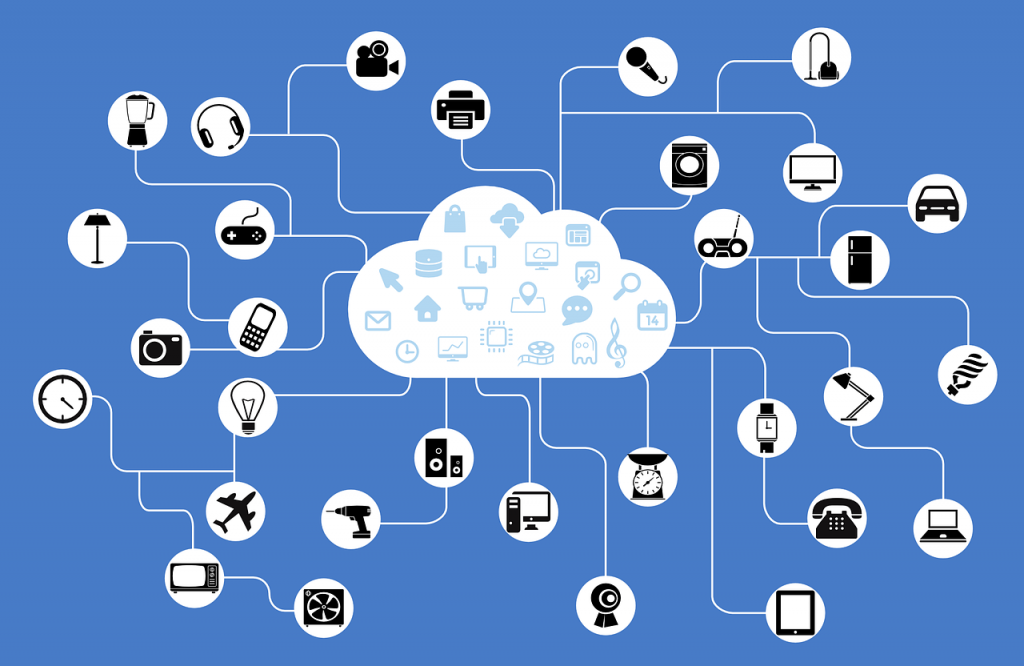With IoT-related spending mushrooming across industry verticals, business technology journalist Antony Savvas looks at some of the issues that have to be addressed to make sure growth is not sullied.
According to analyst house IDC’s latest Worldwide Internet of Things Spending Guide, IoT-related spending is expected to reach almost $345 billion (€316.87 billion) by 2027. It says prominent use cases will include production asset management, distribution automation, and infrastructure for smart buildings.

Low power wide area networks (LPWANs) will see the fast-growing investments and will be a critical IoT area for telecom providers in the next few years, says IDC.
Data security
With this growth however, comes a big challenge in data security. “IoT is wholly normalised now and is a burgeoning market. But providers need to be mindful of how they approach and account for securing their products and solutions,” says Paul Bullock, chief product officer at Wireless Logic.
As the scale and complexity of IoT systems continues to grow, they will provide threat actors with a larger attack surface. A real danger is that the speed and trajectory of market growth will outpace the industry’s ability to keep the technology secure.
“Even now, businesses are leaving themselves vulnerable to potential threats due to oversights such as weak passwords, inadequate training or a lack of security awareness at the board level,” says Bullock. “With more IoT legislation expected later this year, IoT security will be a top priority. Businesses need to adopt a secure-by-design methodology, and a 360-degree approach to cyber security in terms of procurement, deployment and the management of devices and processes.”
Framework

This will allow them to defend, detect and react to constantly evolving cyber threats. By adopting a security framework that covers not only the technology, but also people and processes, businesses can ensure secure connectivity.
Bullock says companies should “rehearse” their security framework regularly to arrive at the optimal way to handle potential attacks. There are tools that simulate security attacks that businesses can use to test how they will respond in the event of an actual incident.
Equally, digital twins can be used to model security threats by acting as virtual representations of devices or processes. By running simulations, companies can also rehearse scenarios such as firmware updates over-the-air.
Zero trust
Cradlepoint has just launched the S700 multi-purpose IoT router to provide a welcome zero trust security service to enterprise customers, as the attack surface expands.

“As we see more sophisticated cyber threats, it’s evident that IoT networks will need to be re-architected,” says Chantal Polsonetti, industry analyst at ARC Advisory Group. “By off-loading security from the perimeter to a distributed zero trust architecture, IoT devices have access to a collection of robust security services that have traditionally not been available on typical IoT routers.”
Coupled with Cradlepoint NetCloud Exchange Secure Connect, the S700 is designed to remove deployment complexity and deliver key protection. Any IoT device connected to the router is immediately “dark” to public scans and other internal sites. Access policies are easily defined so IoT devices communicate only with their authorised resources on a “least-privilege” basis.
Orchestrated with a few clicks through a cloud-based management system, the S700 eases deployment and builds zero trust encrypted tunnels over cellular and wired links. The device adds further simplicity by offloading the security processes to a services gateway, which holds the security policies, manages router updates (including security patches), and orchestrates processes.

Fine-grained policies can be added to the services gateway, allowing third-party access to either all or part of the management system of IoT devices behind the Cradlepoint router, potentially reducing security exposure further.
“The S700 with zero trust capabilities shows our commitment to 5G and security-first services to support enterprise WAN (wide-area network) transformation at scale,” says Donna Johnson, senior vice president of marketing at Cradlepoint.
Efficiency
One of the biggest IoT industry verticals is manufacturing, and there is plenty of work to do here too.

Ubisense surveyed aerospace, automotive and defence manufacturers across Europe, North America and Asia, and found that nearly two-thirds (62%) have adopted IoT in their assembly processes, an increase from 44% in 2021. Despite this though, many were still suffering from poor real-time visibility of their operations, and failing to identify how best to optimise their processes.
When you combine these operational inefficiencies with numerous global economic difficulties, manufacturers are facing a tough challenge to not only succeed now, but also plan for the future.
“Investing in IoT technology such as real-time location-based systems (RTLS) helps to deliver shorter cycle times, increase the quality of output and eliminate errors,” says Steven Manifold, chief marketing officer at Ubisense.
In the Ubisense research, over a third of manufacturers (36%) admit they struggle to find factory floor supplies in their daily operations, such as tools, equipment, parts and materials, which are are now costing more to make and acquire. In addition, 35% report that activities or processes frequently happen in the wrong sequence or take longer than planned. Such difficulties lead to wasted materials and time, as well as a potential loss in revenue.
“If they do not have the necessary visibility of their operations to identify areas of waste and inefficiency, they cannot access the information that would help them understand why RTLS would solve those issues,” says Manifold.
Dialogue

The first step in resolving this dilemma is to open a dialogue about RTLS technology both internally and externally. Once stakeholders recognise which areas of the manufacturing process need support, they can make the business case for investing in IoT and RTLS solutions.
For example, RTLS sensors can monitor the performance of machines and equipment in real-time. This allows an organisation to identify potential issues before they occur and perform maintenance proactively, reducing downtime and costs.
“This technology not only improves processes, but also helps to deliver operational efficiencies and better overall financial stability,” says Manifold.
The author is Antony Savvas, a global freelance business technology journalist.
Comment on this article below or via Twitter: @VanillaPlus OR @jcvplus






